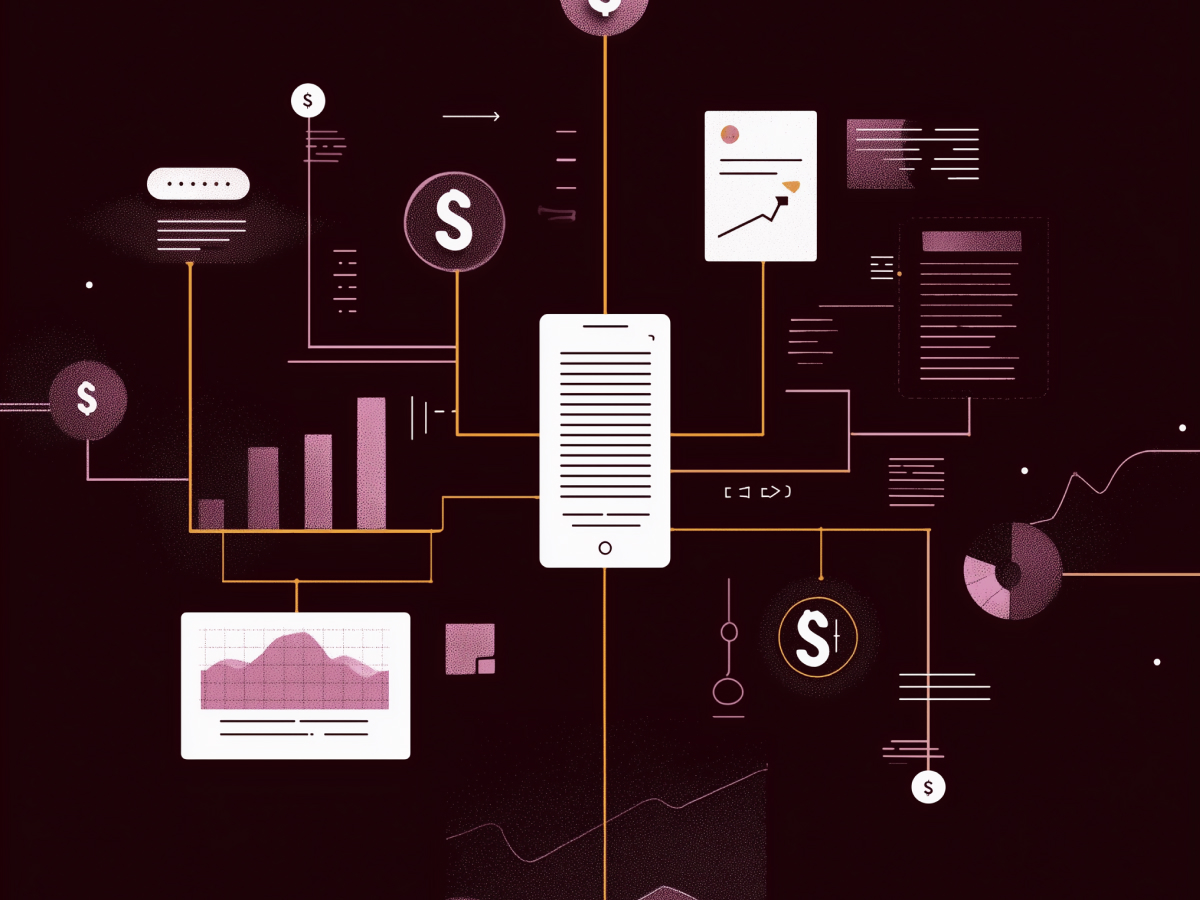Cybersecurity is now a company-wide priority that must embed into the DNA of an enterprise, touching everything from values to leadership styles and team dynamics. Think of it this way: the threats we face today—phishing scams, zero-day exploits, ransomware—don’t discriminate. They’re as likely to target a junior employee as the CEO. This makes it clear that security can’t live in isolation within the IT or cybersecurity team. Instead, it needs to be everyone’s concern.
Why is this shift essential? Because ignoring cybersecurity is like leaving the front door of your business wide open. Culture influences behavior, and if your people don’t feel invested in security, no amount of technology will save you. This is where leadership sets the tone. What they choose to prioritize cascades down to every level of the organization.
Competing priorities and their impact on security
Businesses are juggling a lot. Revenue generation, marketing, customer satisfaction, and operational efficiency all demand attention. Cybersecurity, despite its importance, often struggles to compete. Many leaders see it as a cost center rather than a driver of growth. Employees, too, can find security measures frustrating, leading to risky workarounds.
John Cannava of Ping Identity nailed it when he asked: “How do you get the organization to put security on par with increasing EBITDA or maximizing revenue?” That’s the real challenge. Security isn’t just another checkbox—it’s foundational to sustaining the trust that fuels growth. If protocols slow employees down, they’ll sidestep them. That’s human nature.
But here’s the thing: every breach or vulnerability ignored for the sake of convenience carries a price tag—whether it’s lost data, damaged reputation, or regulatory fines. Smart organizations realize that aligning cybersecurity with business priorities is a must.
How security “champions” drive culture
Every strong security culture needs champions. You don’t build a great defense by siloing responsibility to the CISO or IT team. The most resilient organizations spread ownership across their teams, embedding security expertise into every part of the business.
Take SAP, for example. With over 100,000 employees across diverse lines of business, SAP has tailored its security leadership to fit the unique needs of each unit. They’ve assigned business-specific security officers and embedded security champions in operational teams. They’re go-to experts who provide contextually relevant guidance.
Similarly, Ping Identity integrates its security team directly into the engineering organization. Embedding security into the product development lifecycle, they’ve removed barriers and built up collaboration. Don’t view security as an external burden, it’s part of the team delivering value to customers.
“The lesson here? Empowering champions across all levels of an enterprise makes sure security goes from policy to becoming a key part of how the company works.”
Secure executive buy-in for cybersecurity
Without top-down support, cybersecurity efforts can quickly fall flat. Leaders at the highest levels—CEOs, board members, and C-suite executives—must actively advocate for security as a business enabler. If they don’t champion it, why would anyone else?
The key is to communicate in terms that resonate. Forget technical jargon; instead, focus on the tangible impacts of security—or lack thereof. For example, explain how a breach could hit revenue streams, erode customer trust, or trigger compliance penalties.
Practical exercises like incident simulations are a great way to bridge the gap. At Ping Identity, C-suite executives participate in tabletop exercises that mimic real-world breaches. These sessions are eye-openers—they reveal vulnerabilities, support collaboration, and create accountability. When executives are personally involved, they’re far more likely to prioritize security in strategic decision-making.
Sustain employee awareness through communication and engagement
Cybersecurity awareness isn’t a one-and-done effort. A single onboarding session won’t cut it. Employees need regular, engaging reminders about why security matters and how they can contribute. The trick is to make it relevant and, dare I say, fun.
Real-world stories work wonders here. Discussing actual breaches and their consequences—lost revenue, reputational damage, operational downtime—turns abstract risks into relatable lessons. Gamification also keeps the conversation lively. SAP’s capture-the-flag competitions and security excellence awards are perfect examples of how to make security engaging without losing focus.
Consistency is key. Build a rhythm of communication that keeps security top of mind. Employees should never feel like it’s a checkbox activity—they should understand their role in safeguarding the company’s success.
Be adaptable to evolving cyber threats
The pace of technological change is relentless, and cyber threats evolve just as quickly. GenAI is a perfect example. It can fortify defenses, but it also amplifies the capabilities of attackers. To stay ahead, organizations must treat cybersecurity as a living process, not a static policy.
This starts with constant updates. Are your teams aware of the latest risks? Do they know how to report suspicious activity? Monica Landen of Diligent emphasizes the need to revise protocols proactively. The stakes are too high to rely on outdated practices.
Adaptability also means lowering the barriers for employees to report issues. The simpler it is to flag concerns, the faster you can respond. It’s all about building trust and making security a natural part of the workflow.
Align security with business goals and daily operations
For security to succeed, it must align closely with business objectives. Frameworks like the NIST Cybersecurity Framework provide structure, helping leaders measure and refine their efforts. The goal? Create systems that are actionable, measurable, and integrated into daily operations.
Leadership engagement is the glue that holds it all together. From the boardroom to the frontline, every leader needs to reinforce security’s importance. As SAP’s Marielle Ehrmann puts it, “The moment you need it, you should know how to do it.” That kind of instinct doesn’t happen overnight. It requires consistent effort, clarity, and reinforcement.
“In the end, a strong security culture shouldn’t be built around fear or enforcement. Focus on trust, teamwork, and shared accountability. When security aligns with the way a business operates, it becomes second nature, a habit that protects and empowers the entire organization.”
Final thoughts
Is your organization treating cybersecurity as a shared, natural part of its daily rhythm, or is it an afterthought buried under competing priorities? If your people don’t see security as part of their purpose, how can you expect your brand to withstand the next wave of threats? The real challenge is embedding this into your culture so deeply that when a breach is imminent, your team is already ready. Are you there yet?




